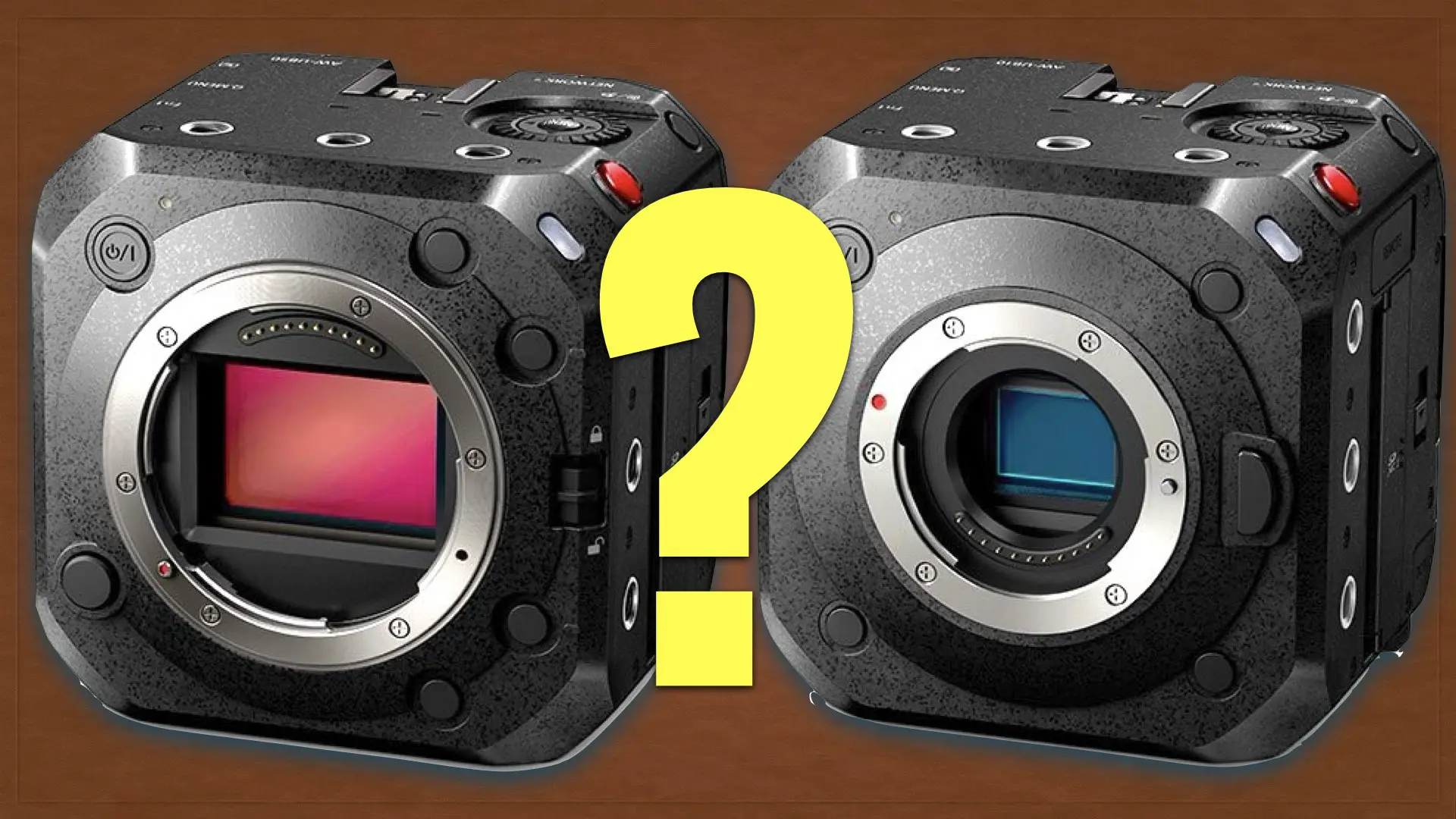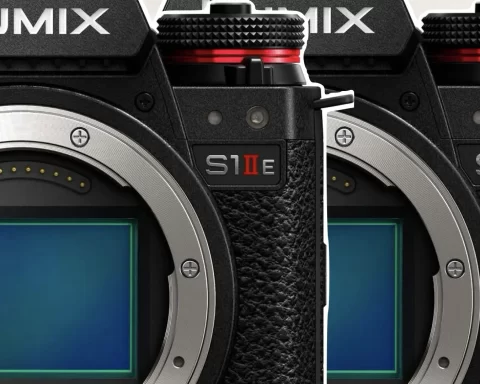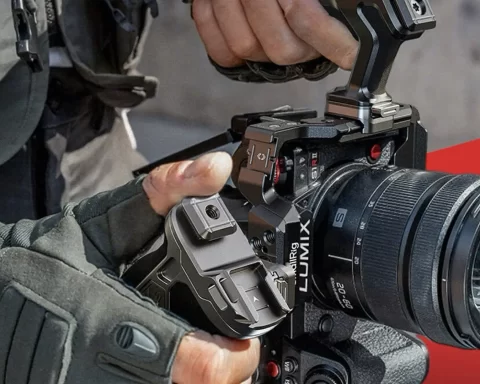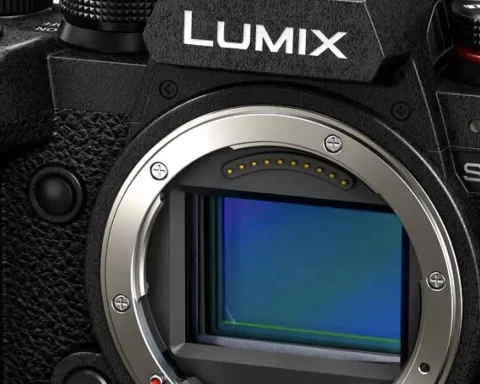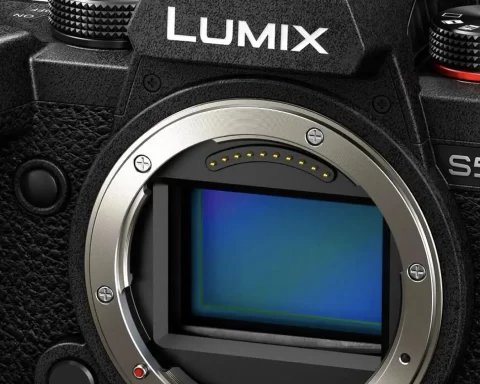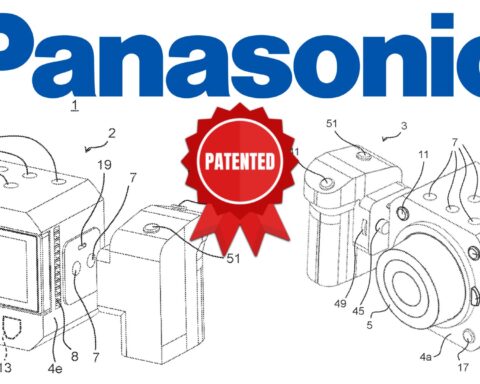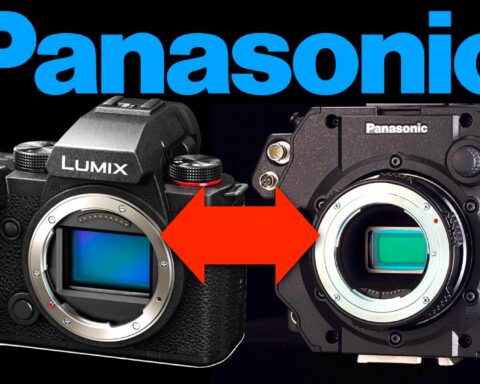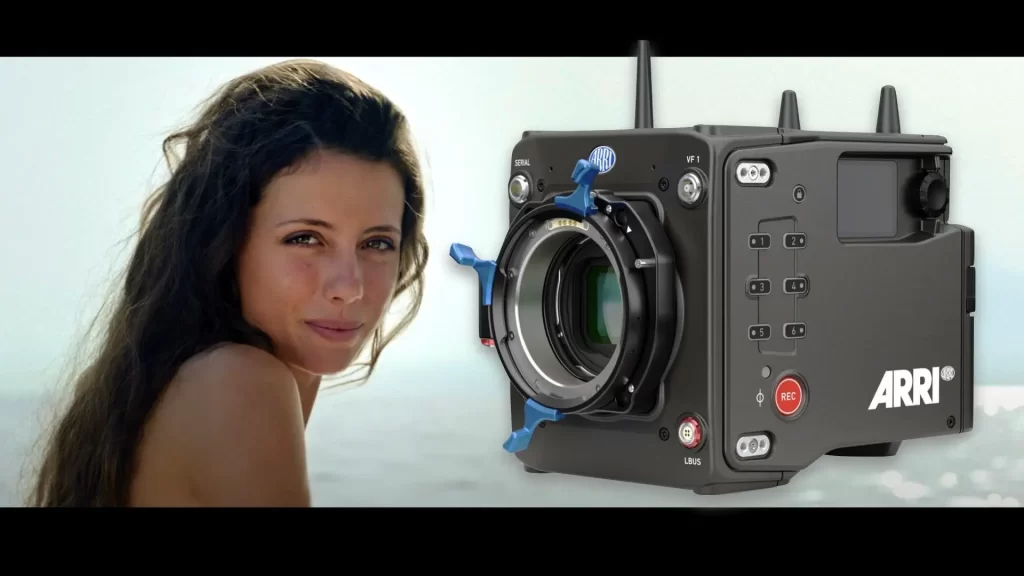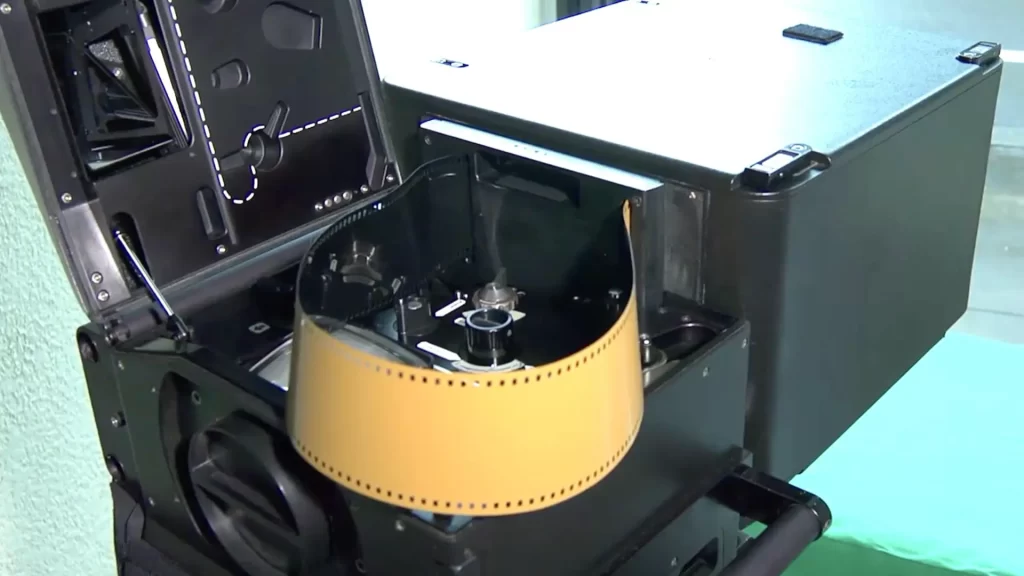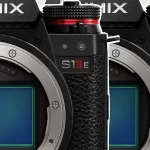Panasonic has introduced its new multi-purpose 4K cameras: AW-UB50 and the AW-UB10. Those boxy-style cameras are designed to “unleash video production creativity”. BUT, these cameras are exactly the same as the LUMIX BGH1 and BS1H Box Cinema Camera announced years ago. So what’s the logic behind this move?
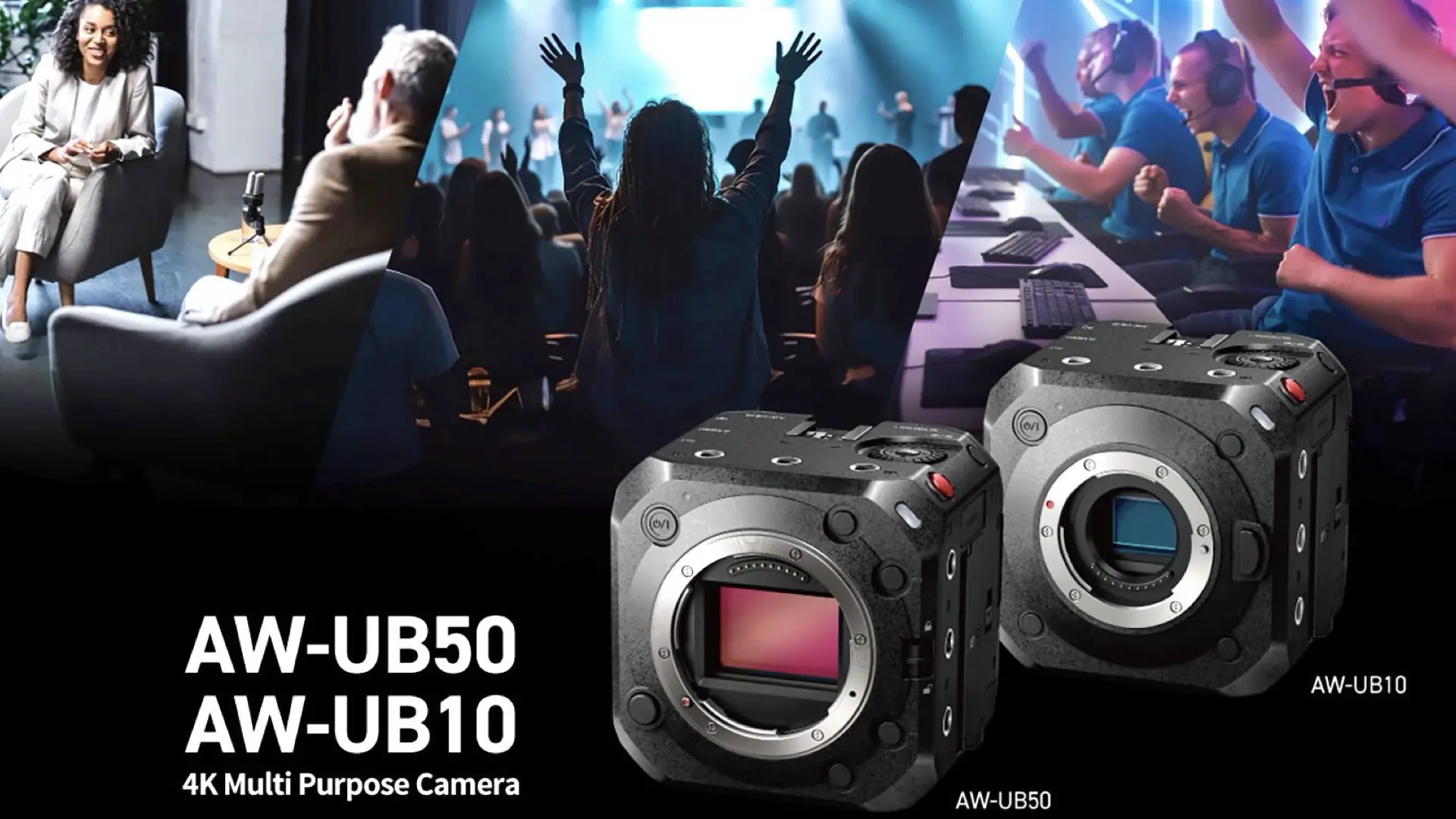
“New” multi-purpose cameras from Panasonic
Panasonic announced the launch of “new” multi-purpose boxy-style cameras titled AW-UB50 and AW-UB10. Those cameras look exactly like the LUMIX BGH1 and BS1H Box Cinema Camera. Purely identical! Anyway, check out the press release below.
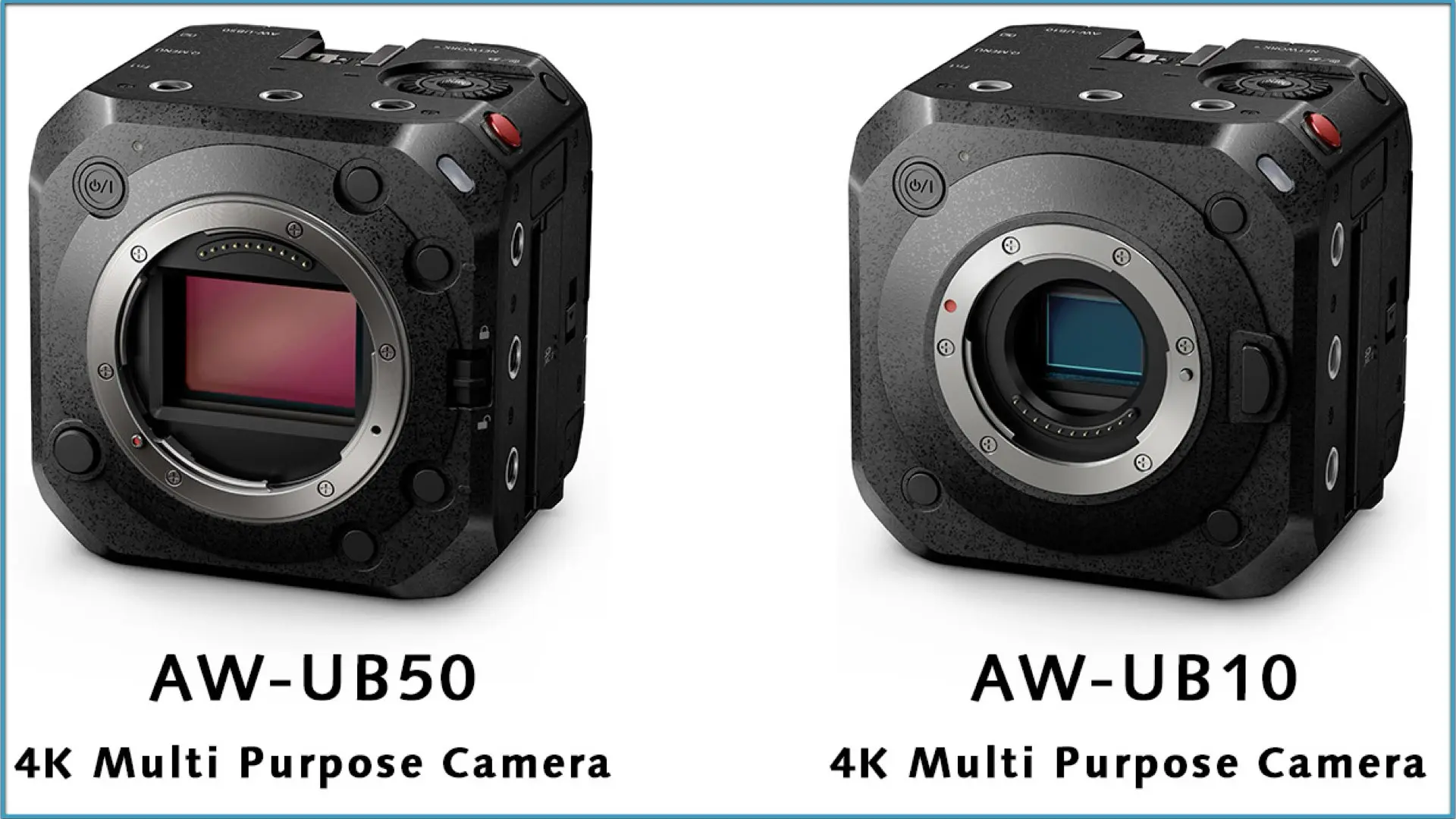
The press release
New Panasonic 4K Multi-Purpose Cameras Unleash the Creativity of Producers
4K multi-purpose cameras deliver high-quality video and simplify camera operations when embedded in professional broadcasting systems. Panasonic Entertainment & Communication Co., Ltd. announced two new groundbreaking 4K multi-purpose cameras, the AW-UB50 and the AW-UB10, designed to unleash video production creativity. Both box-style cameras are based on LUMIX digital interchangeable lens camera technology and are equipped with a host of new functions designed to streamline video production workflows. They are ideal for the rapidly expanding markets of corporate and education video production, as well as broadcasting and live entertainment. They will be available in Q1 of CY2025.
Market-leading full-frame sensors
The AW-UB50 features a full-frame MOS sensor and the AW-UB10 features a MFT (Micro 4/3) MOS sensor, and both support all common IP protocols, such as the Panasonic AW control protocol, and RTP, RTSP, RTMPS*1, SRT*1 and NDI HX2*1*2 protocols. The AW-UB50 has been optimized for cinematic video production, featuring a shallower depth of field than the AW-UB10. Both the AW-UB50 and AW-UB10 use real-time recognition autofocus technology, enabling the cameras to automatically identify the subject and keep them in focus. Both cameras also feature Dual Native ISO and V-Log capabilities in order to provide video production teams with the required flexibility to model and build a camera ecosystem that’s optimized to the requirements of individual productions.
Groundbreaking versatility and flexibility
The AW-UB50 and AW-UB10 cameras simplify operations in professional broadcasting systems and are ideal for filming, recording and distributing video production at large-scale live events. The box-style 4K multi-purpose cameras can support rich, versatile image capture and are incredibly easy to operate in the field, enabling more creative video production. Installation flexibility is front-of-mind in the design. Both models feature a compact chassis, with a sub-10cm height, width and depth, enabling installation in the tightest of spaces. They can also be used for hand-held shooting with a Gimbal, providing greater flexibility for operators. Both the AW-UB50 and AW-UB10 cameras offer 3G-SDI OUT, HDMI Type A, LAN terminal, TC IN/OUT, GENLOCK IN, and USB Type-C input/output interfaces. The LAN terminal is Power of Ethernet (PoE) compatible, with video transmission, control, and power delivered via a single cable – further reducing complexity and clutter.
Ease of operation within remote camera systems
When linked with remote camera systems on the same network, the AW-UB50 and AW-UB10 are fully compatible with Panasonic’s AK-HRP1010 remote operation panel, with future support planned with the AW-RP150GJ remote camera controller and Panasonic live switchers. The cameras can also be used for tally control. By installing a color profile compatible with the Panasonic AW-UE160 4K integrated camera, it is easy to match colors in mixed operation with remote cameras. The future-proof design of the AW-UB50 and AW-UB10 cameras allows Panasonic to implement future support for IP-based transmission standards such as NDI HX2. This supports increasingly flexible video production methods, such as video distribution using streaming services and the construction of IP-based systems.
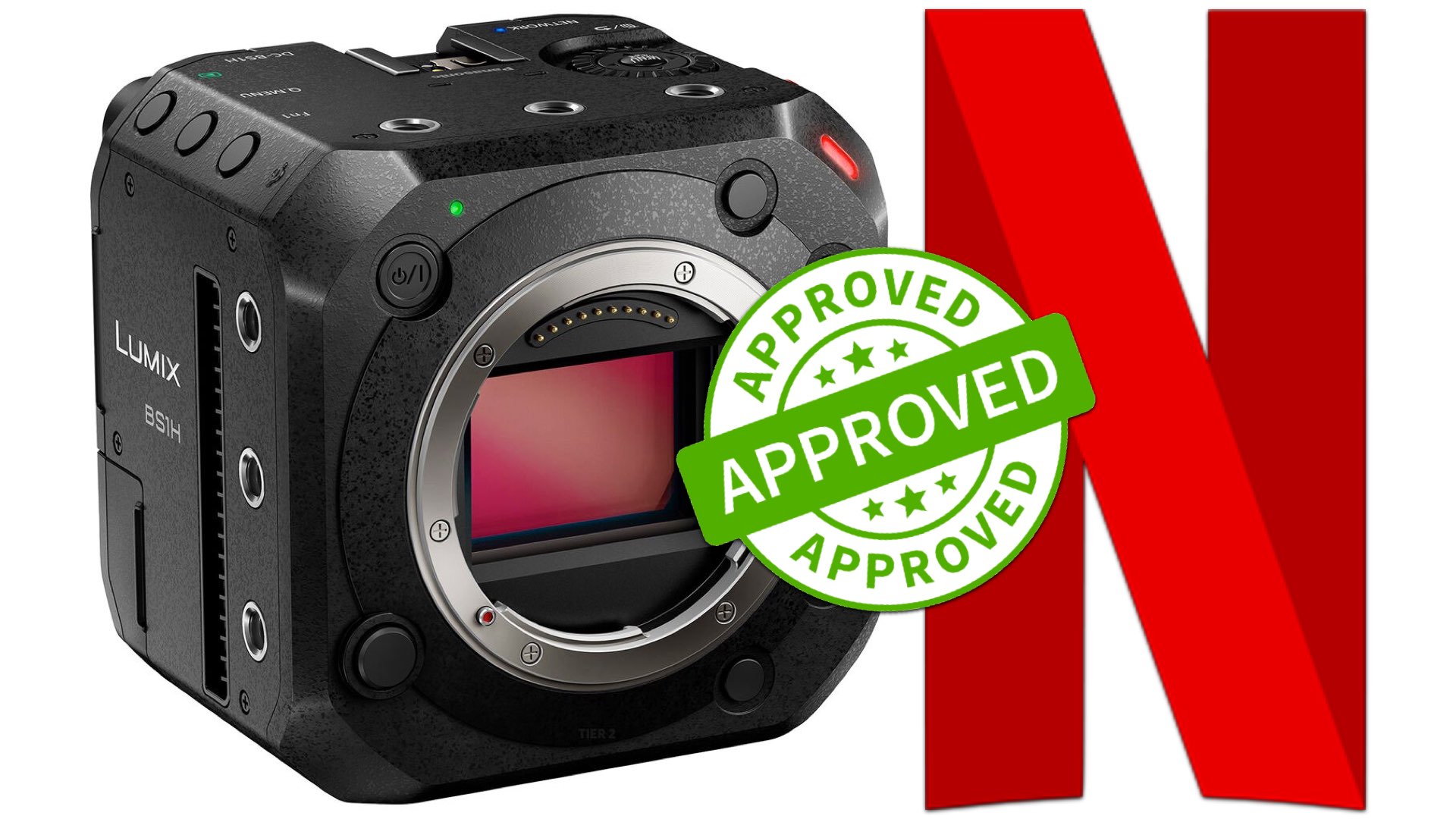
What’s new here?
As explained, these cameras are exactly the same as LUMIX BGH1 and BS1H Box Cinema cameras which were announced years ago (2020-2021). Their features are the same, including sensor size, MP, design, and more. Thus, why not release firmware updates to those instead of ‘releasing’ the same cameras with different names? Maybe you have the answers to that…

